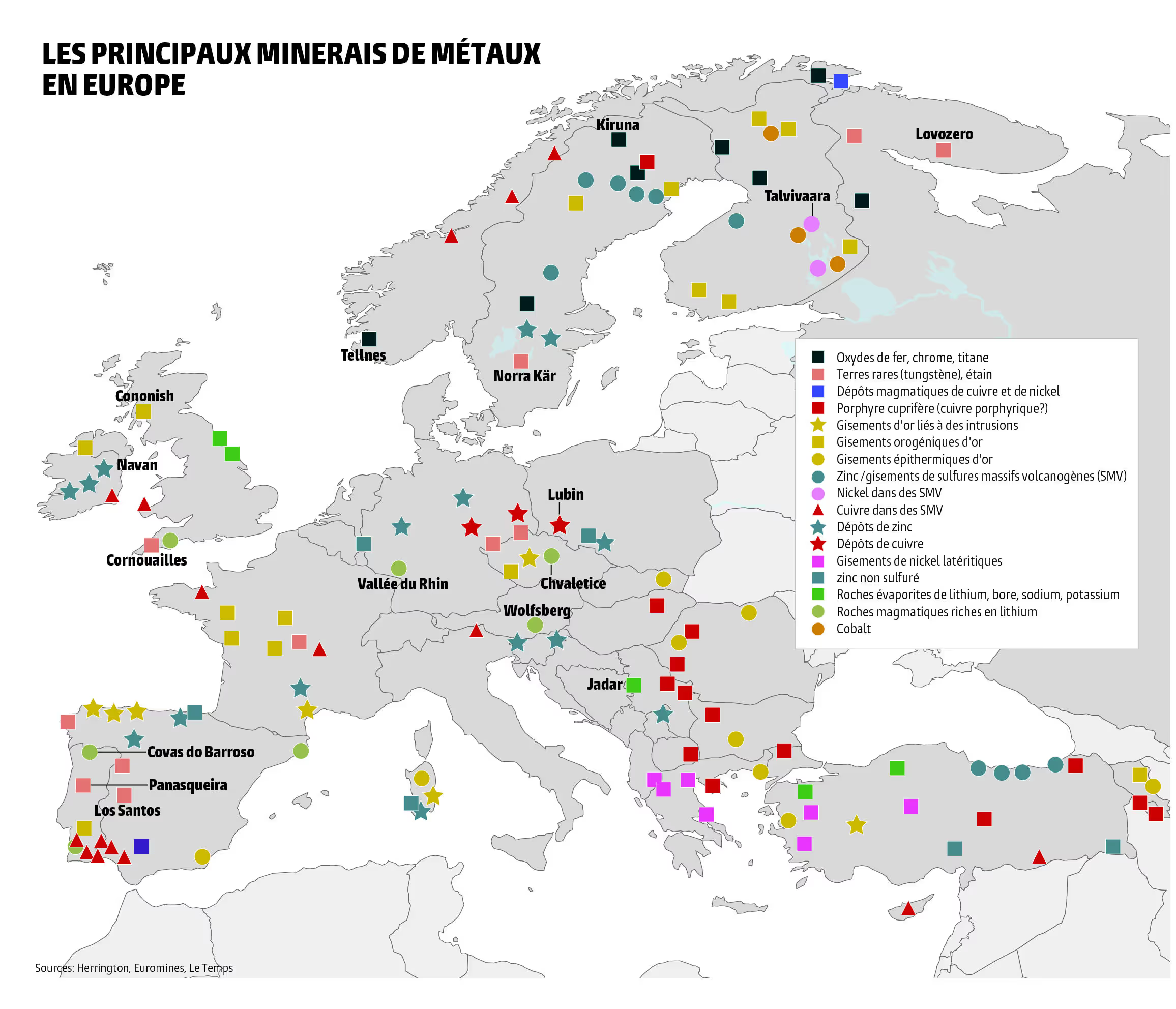Virtual influencers are humanoid avatars that perform the same functions as “real” influencers: put their image at the service of businesses, monetize their influence to sell different products. This competition illustrates well the place of humans in the technological system: disposable resources, even when they are fully devoted to it.
All influencers are “influencers”
Let's say it right away, this article is not a defense leaflet for influencers. Influencers are people who sell their image to brands on social networks (Instagram in particular) to promote diverse and varied products. If there are different types of influencers[1], we first think of individuals close to reality TV who sell an aboveground lifestyle between airplanes, cosmetic surgery[2], living in Dubai[3], ostentatious and obscene luxury. Reserved for the most mediocre and the most abject personalities produced by this industrial civilization, the activity of influencer cannot in any way be qualified as a “profession”.
Influencers participate in the creation of artificial needs that maintain the frustration necessary for the growth of the techno-capitalist system.[4]. These scoundrels are the human faces of omnipresent advertising at the service of the voracious technological system, harmful to humans and their environment. Their Business model is about attracting attention and creating envy in order to be able to sell a lot of useless and harmful gadgets. Several scandals have recently shed light on the actions of those whom a famous whistleblower called “influencers”.[5] ”. These Internet thugs play on the credulity of their Followers to make a profit by promoting unusable or even dangerous products[6].
Virtual influencers
It turns out that these influencers have recently been dealing with competition that goes beyond their small world. Virtual influencers are humanoid avatars created from scratch using computer-generated images. These fictional characters resemble classic (or “real”) influencers: they post selfies, post travel photos, collaborate with brands[7]... Virtual influencers are more or less realistic, and some already have hundreds of thousands of Followers[8].
Lil Miquela is one of the most followed virtual influencers on Instagram, with 2.7 million female followers to date. On her page, we see her walking around, biting into candies, going to the florist and to the restaurant[9]... Of course, she promotes products and brands there. Recently, she highlighted the latest vehicle from BMW.

Unfair competition from machines
What is the point for a brand to collaborate with these virtual influencers rather than with real humans? The answer is simple: because these machines are more reliable, cheaper, always available.
Classic influencers, poor humans, are fallible: they say nonsense, they drink, they deceive, they get upset... Some are violent with their partners.[10]. From there, they can get a bad reputation and damage the image of the brands they work with, and thus cost where they are supposed to report. Virtual influencers come with a contrary promise: the possibility of a complete management of influence work (they are “much more docile than human influencers”).[11] ”) and the guarantee of not making waves.
“Faced with the dangers associated with the reputation and behavior of “real” influencers, virtual influencers appear as a effective solution, because they carry out similar missions without exposing themselves to the same risks[12].”
Humans also have the painful characteristic of having a body. A terrestrial body, subject to the vagaries of time and health, to fatigue and to withering away. On the contrary, “a virtual influencer does not have the limitations associated with a physical existence.[13] ”. He can work constantly, 24 hours a day, 7 days a week, without ever complaining. In short, it's just a syllabus, and for the propaganda of the technological system, it is a major asset.
“Completely eliminate humans”
It has to be said again: the technological system hates humans. It abhors their unpredictability, their diversity, their states of mind, their reticence, their emotions... More generally, this system hates life. A product of the technocratic class, the techno-industrial system only works like a cold machine, it cannot be satisfied with those who doubt, who tremble, who prant... in short, with those who live. It only seeks to produce good little soldiers, cogs oiled in its great engineering, small elements that will be inserted logically and mechanically into its own expansion movements. This machinization of the social is doomed to failure.[14], but the technique and its protagonists are constantly striving to eliminate every human aspect from its main march. Jacques Ellul already wrote it in 1954:
“The combination of man and technology is only a happy one if the man has no responsibility. He is constantly tempted to choose, constantly the object of unpredictable temptations that distort calculations. [...] All this is disturbing the momentum of the technique. Man must not have anything decisive to do in the course of operations, because he is the one who makes the error. [...] we must completely eliminate this source of errors, completely eliminate man[15].”
“Completely eliminate man”: to reduce him in the productive process to a simple cog, to push him to forget himself in order to become an element, link, gear in the chain, of the machine, of the system. This is the case for Uber Eat delivery people[16] or Amazon warehouse employees[17], forced to comply closely with the orders of the machine. The logical conclusion of industrial rationality consists — quite simply — in replacing humans by machines, which are much more effective in terms of technology than a living organism adapted to a biotope. That's what we're seeing here with virtual influencers.
To be eliminated or to eliminate the system
For the time being, these virtual influencers are led by teams of community managers, humans who work hard to make them “exist”[18] ”. Artificial Intelligences (AI) released on the net have not always made their designers shine: a Microsoft bot launched on Twitter a few years ago had, for example, become Nazi in a few hours[19]. Not great for branding. However, it should be noted that these virtual influencers are increasingly created and managed by AIs as they progress.[20]. Maybe one day, after the real influencers, it will be the Community managers Real people who will be put out of work by Community managers virtual. But don't worry: humans under the influence will still be able to consume the adulterated and polluting products they want for a long time to come. The poorest will always work on the thankless, invisible and poorly paid tasks that are necessary for this apparently “automated” work.[21]. Our brothers and sisters in the South will continue to see their bodies and environments destroyed by modern slavery and rare metal extractivism.[22] or less rare[23].
The example of virtual influencers is an interesting one. It shows that the functioning of the technological system cares little about humans, even the most faithful and docile among them who cherish it and work for it. The widely held idea that technology would benefit the humans who serve the system is a fallacy. Even those who pledge allegiance to technocapitalism run the permanent risk of being eliminated by artificial selection. It is necessary to understand and act on what Günther Anders calls the “anthropocentric revolution”:
“[...] although we are the authors of this system - and this “although” makes the requested advance incredibly difficult - we must give up thinking of ourselves as being at its center[24] ”
The technological system does not obey us. It uses us as a material for its own expansion. When he no longer needs humans, he throws them away, just as he is in the process of throwing out influencers and Community managers. It is destroying our planet and our bodies. You have to get your hands on it again, and get rid of it. This requires a real revolution.







